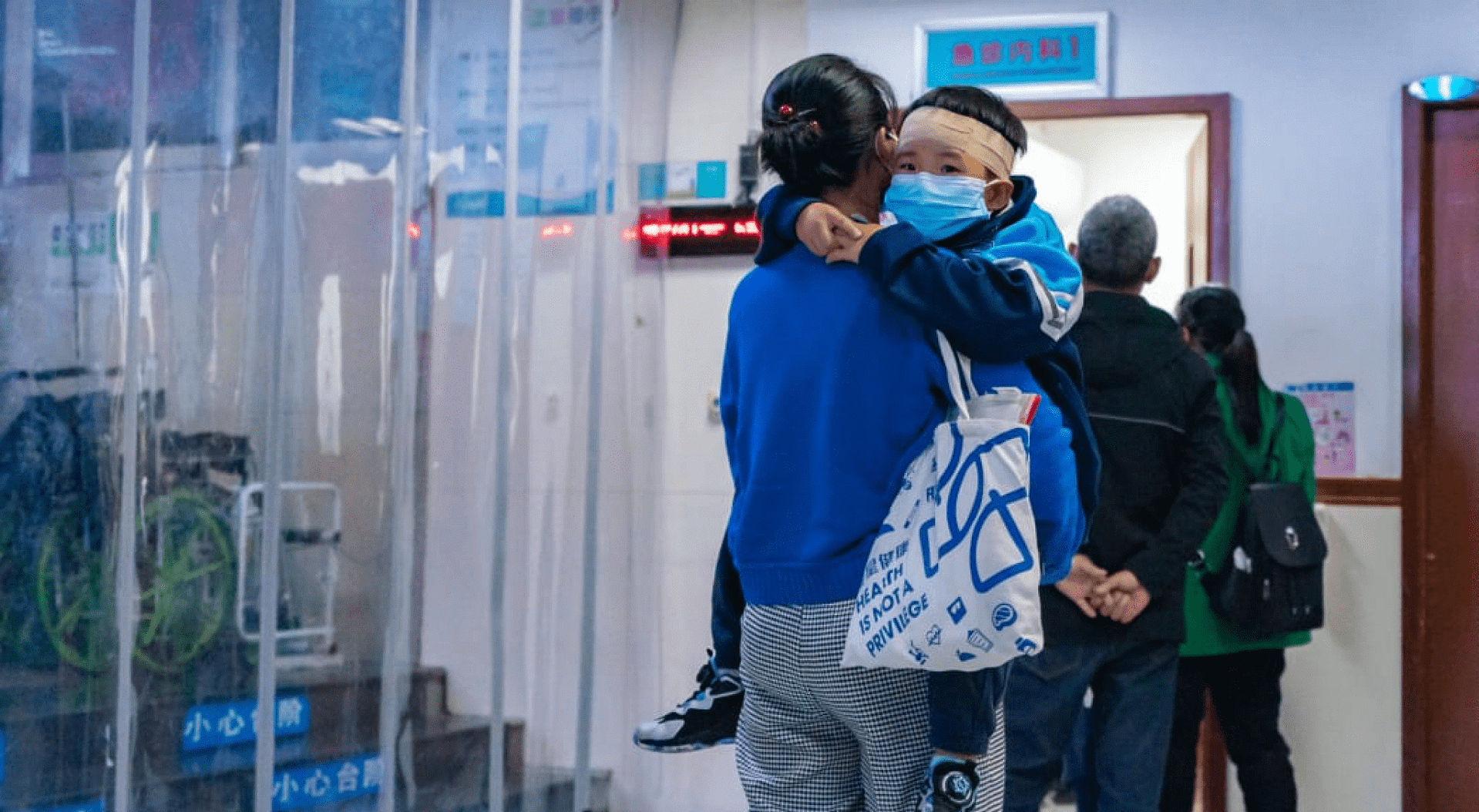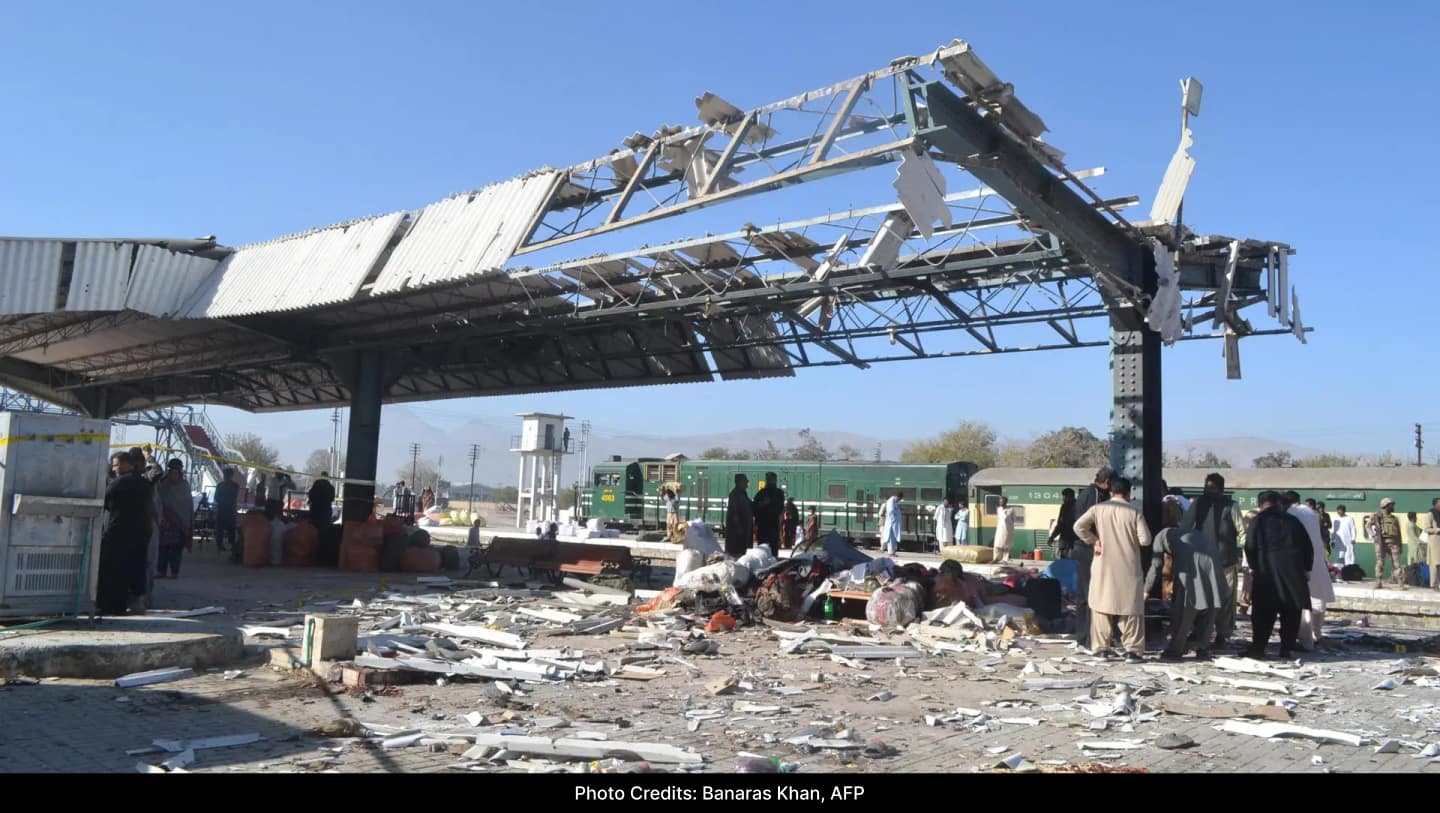After clusters of undiagnosed pneumonia in children were reported in northern China, authorities there reported an increase in respiratory illnesses and attributed it to the circulation of various pathogens, such as mycoplasma pneumoniae, a bacterium that is not as infectious as a virus. like COVID-19, but has affected huge sections of the population.
The bacterium is being watched as The Lancet recently cited global prospective surveillance data showing the re-emergence of mycoplasma pneumonia in Europe and Asia more than three years after the introduction of restrictions on the COVID-19 pandemic.
What is Mycoplasma Pneumonia?
This is not a new bacterium and has been around for some time, but as the outbreak in China shows, it has been widespread at the community level. It is a type of bacteria, but it acts more like a virus and spreads more quickly from person to person. Infiltrates both sides of the lungs, increases cough and breathing difficulties. It damages the lining of the respiratory system (throat, lungs, trachea). People can have bacteria in their nose or throat at one time or another without being sick. Oxygen levels may drop. We don’t usually see mycoplasma outbreaks like this, so it’s not yet clear if there have been any changes in the bacteria among the vulnerable group in China. The study showed that mycoplasma pneumoniae had been suppressed in China for nearly two years thanks to Covid countermeasures, which have since been lifted.
We have been treating patients with this bacterial infection for years. According to the PCR (polymerase chain reaction) guidelines, antibiotics are introduced to control the infection. In China, this bacterium is circulating with the HN92 virus.
How is it spread and what are its symptoms?
It is not as quickly infectious as a virus, but it can affect our throat and our nasal passages and very quickly descend into the lungs and cause pneumonia. This is why you need to limit your exposure to any person who sneezes or coughs persistently in an enclosed or crowded environment. Symptoms include breakdown of red blood cells, skin rash and joint pain. The risk of infection peaks in winter. Children may report a stuffy nose or runny nose, sore throat, watery eyes, wheezing, vomiting, and diarrhea.
How can this infection be avoided?
Build your immunity with good diet, exercise and sleep, avoid crowded places and wear a mask in social settings as it will protect you from all types of respiratory diseases. Wash your hands before eating or after contact with infected people.
Who is at risk?
The bacterium can cause pneumonia in any age group, especially in children, the elderly, or those with weakened lungs. If a person has a cough, fever and difficulty breathing, they should contact a doctor immediately. In the initial stages, recovery is faster and better. Vulnerable groups who already have respiratory problems are prone to developing this infection in a severe form.




